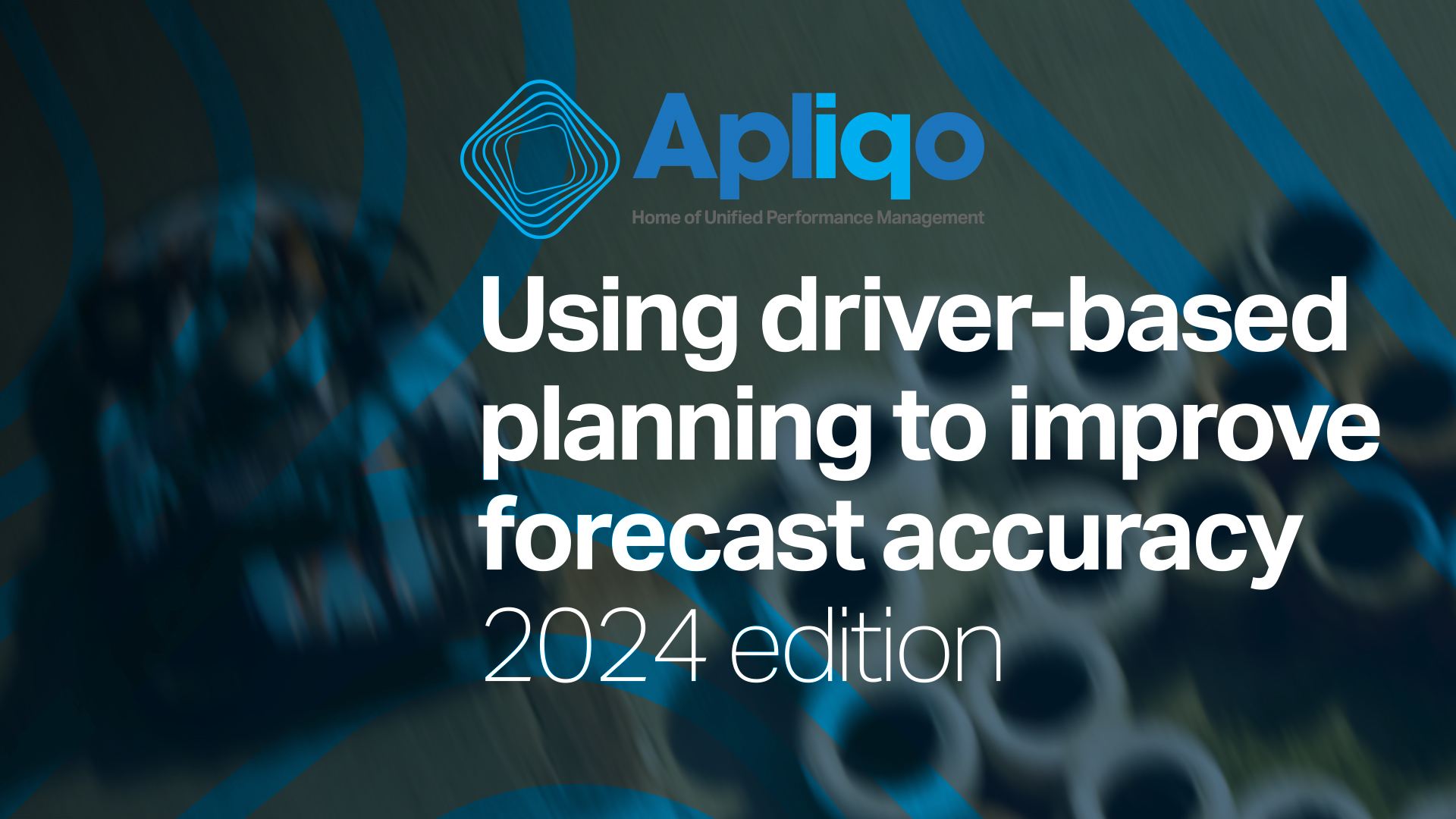The integration of partial plans into the overall planning of the business presents a real challenge. However, the fact remains that a self-contained planning model brings a distinct improvement of profitability, balance sheet structure, net current assets and cash flow. Resources are released in this way and can be used to optimize genuinely important business processes.
Successful implementation of an integrated planning model is based on the following fundamental modules.
Planning responsibility
A binding designation of the persons responsible for planning is the key to an efficient planning process. The management must give the relevant staff members the necessary powers that are essential for implementation and verification of the planning process. The persons with main responsibility should be defined in such a way that they have both the necessary management and technical skills.
Planning concept
Every planning process stands or falls by the definition of a concrete concept. In the first instance, the essential planning areas should be defined. These always include overall planning – i.e. profit and loss, balance sheet and cash flow – and for most businesses also the partial operational plans. If a company decides to supplement the overall planning to include the relevant partial plans, these must be linked together. After defining the areas, the relevant planning dimensions must also be defined. A decision will be taken on the degree of corporate planning detail.
Planning tools
Assurance of technical implementation is just as important as the definition of a concrete concept. Here, the choice of the right planning tools holds the key. The selected tool must satisfy essential criteria to achieve the goal of integrated planning and enable resulting competitive advantages to be exploited. One of the most important features of a properly integrated planning solution must certainly be the ability to unite all the business-relevant plans in a central application. Many companies lose their way during the planning process by going into unnecessary detail because each planning element is entered manually in a mask. A good planning tool allows driver-based planning; this in turn greatly reduces the time needed and permits a better focus on scenario and simulation analysis.
Integrated planning solution
With the right tool, companies do not have to redevelop their integrated planning model from square one. Ready-made solutions permit a much shorter introductory period; they make use of a best practice business management concept. A planning process can be implemented efficiently and successfully using such tools. Correct illustration of the overall end result planning is decisive here: it must include the profit and loss, balance sheet and cash flow headings and permit the seamless integration of partial plans in different areas such as sales, human resources, marketing or travel.
For more information on how to implement a corporate planning process efficiently, get our free white paper on integrated planning.







